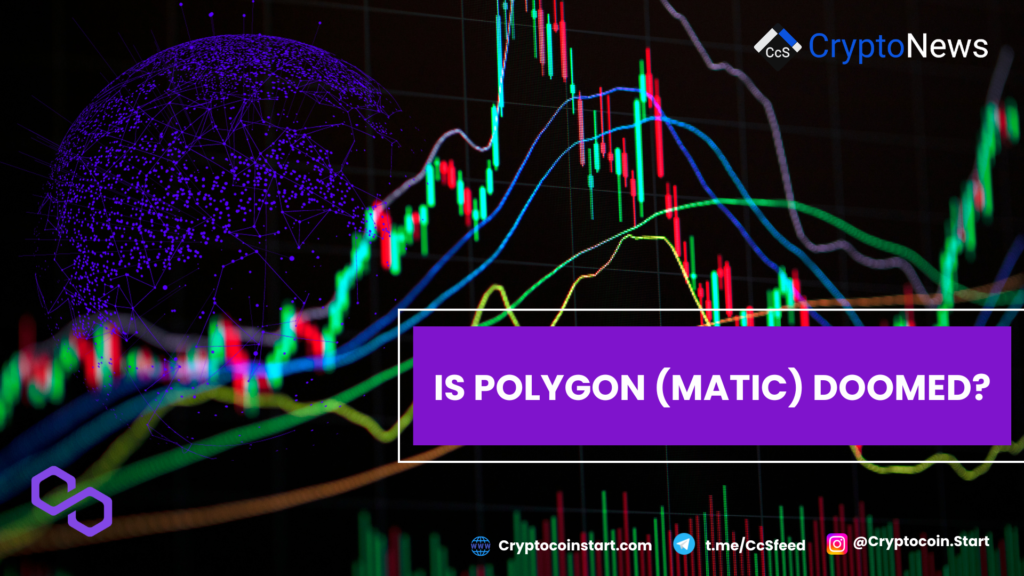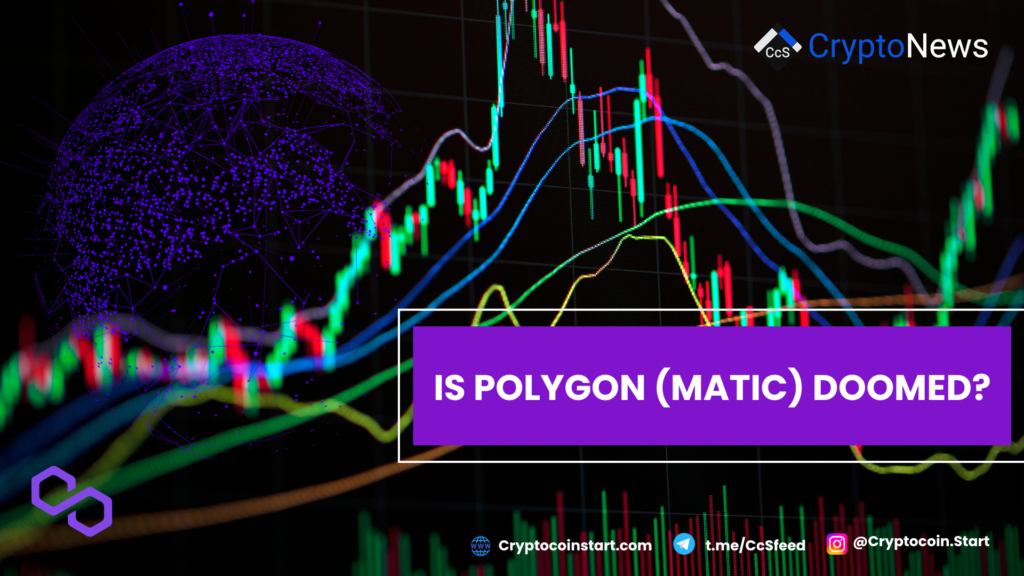
The 2024 Struggles of Layer 1 Chains
Layer 1 chains have faced significant challenges in 2024, and Polygon is no exception. This year has been particularly harsh on altcoins, with even some previous bull market favorites suffering substantial losses. Among the biggest losers in the top 100 projects over the past year are:
- Quant
- Arbitrum
- Cosmos
- XRP
- Litecoin
- Aptos
- Polygon (MATIC)
It’s important to note that more than 90% of altcoins never reclaim their previous all-time highs after a bear market. This brings us to the pressing question: Can these blue-chip projects, particularly MATIC, find their footing again?
Polygon’s Innovations: The Agg Layer
One of the most notable recent innovations from Polygon is its Aggregation Layer, or Agg Layer. This addresses a major issue in the industry: fragmented liquidity. Currently, crypto assets are often bridged from Ethereum to various Layer 2 solutions, where they remain trapped. This fragmentation results in time and financial costs to move liquidity between different Layer 2 solutions.
The Agg Layer functions as a cross-chain communication and gas-payment system. Key benefits include:
- Allowing Optimism users to share liquidity with Arbitrum dApps, and vice versa.
- Enabling developers to onboard more users efficiently.
- Eliminating the need for bridging or wrapping tokens, reducing risks for both users and developers.
This system not only simplifies the development process but also reduces gas fees, making it an attractive solution for many projects. If you’ve used the Agg Layer, share your experiences in the comments below!
Exploring zkEVM
Another significant development is Polygon’s zkEVM, which enhances scaling for Ethereum Virtual Machine (EVM) chains. zkEVM incorporates zero-knowledge proofs, which are valuable for:
- Privacy: Zero-knowledge technology hides the sender and receiver of transactions, enhancing privacy.
- Scaling: zk technology enables faster, cheaper, and more private transaction bundling, which significantly improves confirmation times on Ethereum.
zkEVM is already compatible with EVM chains and applications, requiring no additional adjustments from developers. It supports a variety of use cases, including:
- Gaming, for enhanced speed and security.
- Traditional Finance (TradFi), benefiting from Ethereum’s security and improved speed.
- Healthcare, facilitating the secure and private sharing of digital health records.
Despite being less talked about compared to other Layer 2 solutions, zkEVM is rapidly growing in popularity, especially among gaming and DeFi projects.
Upcoming Token Swap: MATIC to POL
On September 4th, MATIC will be replaced by POL as the native token for the Polygon PoS blockchain. While MATIC currently serves as the gas, staking, and governance token, POL will offer additional utility, including:
- Usage on the Agg Layer and zkEVM.
- Enhanced versatility and value for developers, particularly if they do not have or plan to launch their own token.
The token swap will be a 1:1 conversion with no changes to the existing tokenomics. This move is expected to simplify sharing protocol rewards across various platforms, including zkEVM and Polygon’s Miden or Cloud Development Kit (CDK). The increased functionality of POL underscores that Polygon is far from being “dead” and continues to innovate.
Conclusion
Despite the current downturn, Polygon is making significant strides in addressing key issues and enhancing its ecosystem. With innovations like the Agg Layer, zkEVM, and the upcoming POL token, Polygon remains a strong player in the crypto space. If you’re considering Polygon for your long-term portfolio, the current market prices might be an opportunity to acquire this promising project at a discount.


